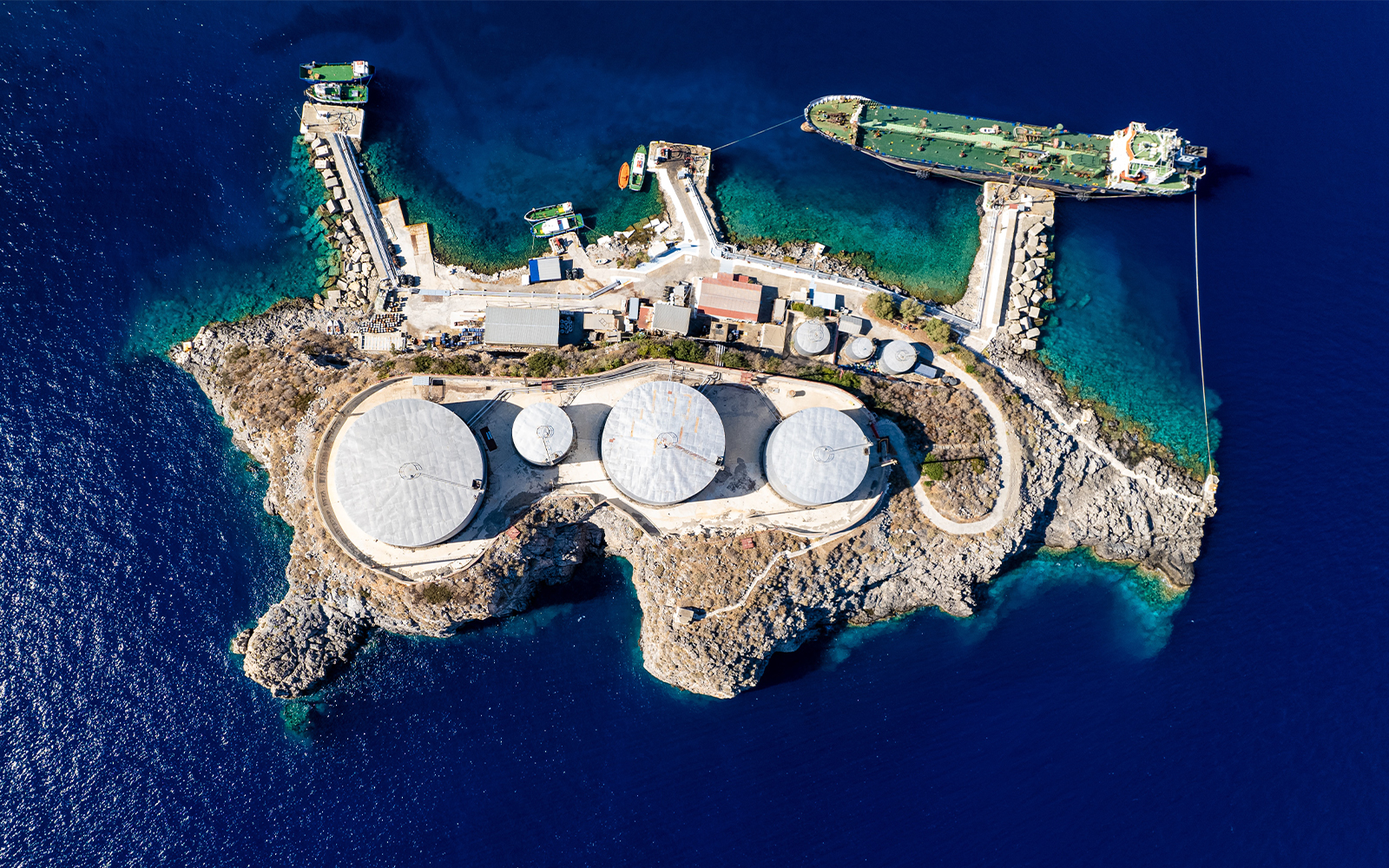As electric vehicles take over as greener transportation alternatives on land, nautical vessels are also transitioning to cleaner-burning fuels. One favoured option is liquefied natural gas (LNG), which emits less carbon and pollutants than traditional fossil fuels like marine diesel. Today, more shipbuilders are turning to dual-fuel engines—which run on a mix of fuel oils and natural gas—to help bring down greenhouse gas emissions at sea.
However, refuelling ships (a process known as ‘bunkering’) with LNG and storing it onboard can be risky businesses. Accidental spills from cracked pipes and tanks can form massive, highly flammable gas plumes as cryogenic liquids like LNG very rapidly vaporise at room temperatures. Imagine the clouds of vapour that pour from a freshly mixed bowl of liquid nitrogen ice cream; now picture them filling a room.
"LNG leakages during storage and bunkering—and the gas plumes, fires or explosions that might result—could endanger both people and the environment,” said Vinh-Tan Nguyen, a Senior Scientist at A*STAR’s Institute of High Performance Computing (IHPC).
It can be difficult to manage the safety risks from LNG plumes, as variable wind conditions can spread gases out in unpredictable ways. Fortunately, new computational platforms offer a way to predict a plume’s movements.
“Computational fluid dynamics (CFD) is considered a high-fidelity tool in quantitative risk assessment for accidental leakages,” said Nguyen. “However, current CFD methods need large computational resources, making them costly to use when studying the many factors that impact LNG plume dispersion.”
Working with the American Bureau of Shipping—a maritime classification society—and marine engineering group Sembcorp Marine (now known as Seatrium), Nguyen’s team developed a CFD framework that virtually simulates LNG leakages during bunkering operations. To validate it, the team used data collected from an actual methane gas leak.
“Our CFD framework takes into account both the near-field release physics of cryogenic liquids and complex environmental settings,” said Nguyen. “It combines a core CFD model that simulates gas dispersion from different liquids with a fast transient leak model to estimate leakage conditions.”
The team used the CFD framework’s results to build a reduced-order model (ROM) to gauge how changing wind conditions might disperse a gas plume. Using a technique called proper orthogonal decomposition (POD), the ROM can assess a plume's evolution more quickly, accurately and efficiently than current industry-used models.
In a series of test simulations, the team found their CFD tool to shed new light on how hazardous LNG plumes behave and how long they may remain in a specific location. This valuable data can be used to highlight at-risk parts of LNG bunkering stations or ship-to-ship bunkering operations, and inform how best to mitigate these risks with suction fans or increased ventilation.

A computational simulation of the first 15 seconds of a methane keyhole leak in an enclosed LNG bunkering station. The leak was initiated in a downward direction from the rightmost pipe at 1.1 m above the ground. The resulting gas plume was subjected to simulated strong wind (7.72 m/s) from the north.
©️ A*STAR Research
“The approach we developed provides more accurate predictions of how flammable clouds spread during bunkering, thus reducing potential overdesign of maritime LNG infrastructure,” said Nguyen.
At present, the team is further developing their tool to study other alternative maritime fuels, such as methanol, ammonia and hydrogen. “This contributes to the global effort to decarbonise maritime industries,” Nguyen concluded.
The A*STAR-affiliated researchers contributing to this research are from the Institute of High Performance Computing (IHPC).






